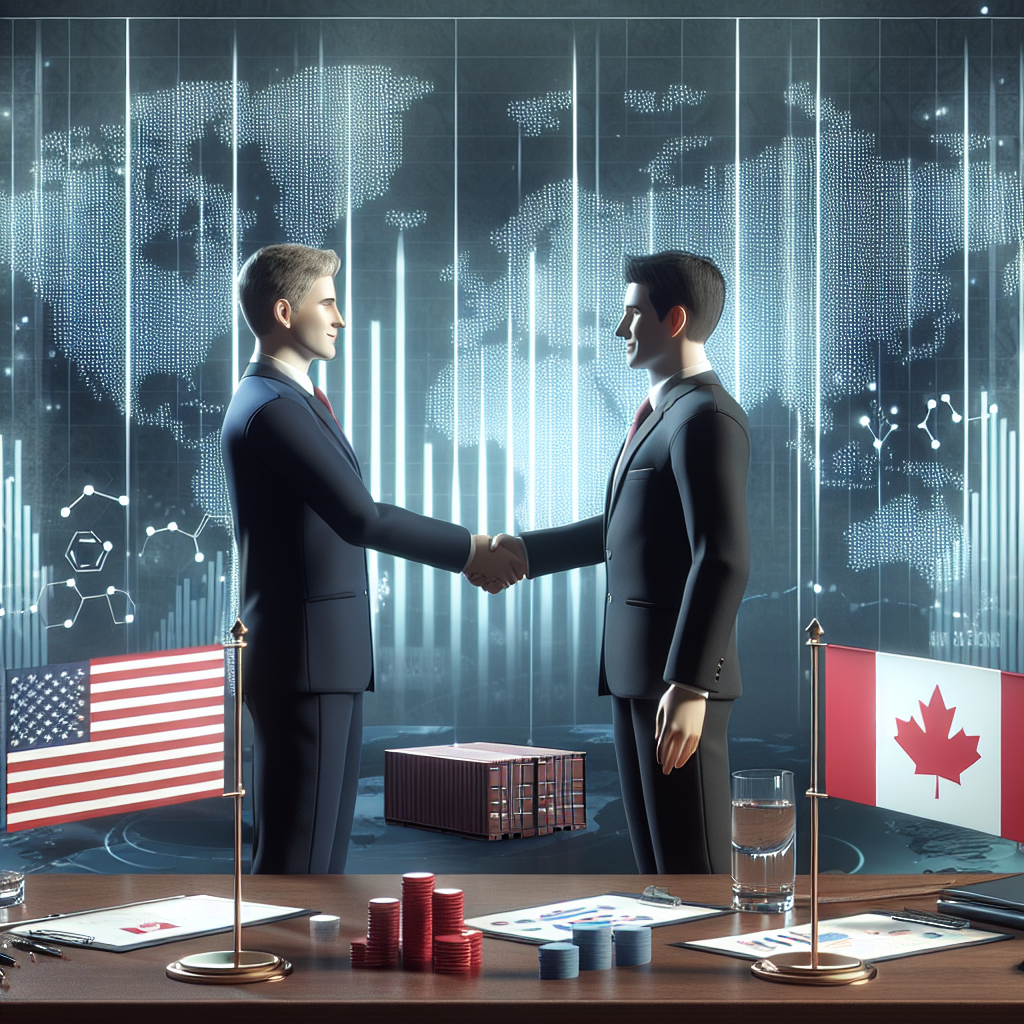Analysis
The recent dialogue between Donald Trump and Mark Carney is far more than a political skirmish—it’s a reflection of a shifting global economic order. Both individuals, influential in their own right, symbolize two contrasting philosophies about trade that are currently at odds not just between the U.S. and Canada, but globally.
Trump has long advocated for protectionist economic policies, famously placing “America First” during his presidency. His critique of Canada’s practices isn’t new, especially when it comes to dairy and lumber tariffs. The move to re-engage in discussions signals that trade policy remains a cornerstone of his political platform as 2024 elections approach.
In contrast, Carney’s technocratic approach emphasizes macroeconomic stability and collaborative growth. His warning about the deteriorating trust in global trade agreements underscores how fragile these pacts really are. He noted that revisions to the USMCA could discourage foreign investment if not handled delicately.
What does this mean for the average American or Canadian business owner?
- Short-term supply chain uncertainty: More tariffs or policy shifts could drive up import/export costs.
- Investment hesitation: Investors may adopt a wait-and-see approach until trade frameworks become clearer.
- Market disruption: For sectors like auto manufacturing and agriculture, cross-border tension could impact jobs and prices.
Moreover, this high-level exchange happened amid growing nationalism in other allied economies. With Brexit behind the UK and trade spats between the EU and China still fresh, today’s leaders face mounting pressure to champion both local production and international cooperation.
International trade expert Laura Dawson offered this insight:
If these two nations, whose economies are deeply integrated, can’t find common ground, it sends a worrying message to the rest of the world.
Laura Dawson
Looking ahead, don’t expect immediate policy changes, but do anticipate increased rhetoric around trade during political campaigns. Sectors to keep an eye on include energy exports, digital trade policies, and environment-related trade conditions.
If cooler heads prevail and long-term strategies are prioritized over political gains, there remains room for a revitalized U.S.-Canada trade relationship that serves both economies.
Sources
Original article can be accessed here.
Disclaimer
This post and its featured image were created with the assistance of artificial intelligence (AI). While every effort has been made to ensure accuracy and originality, readers are advised to refer directly to official sources for the most reliable information.












